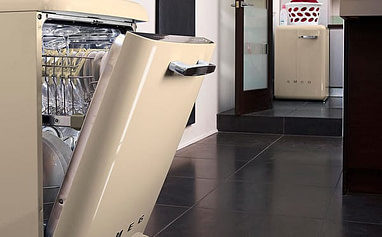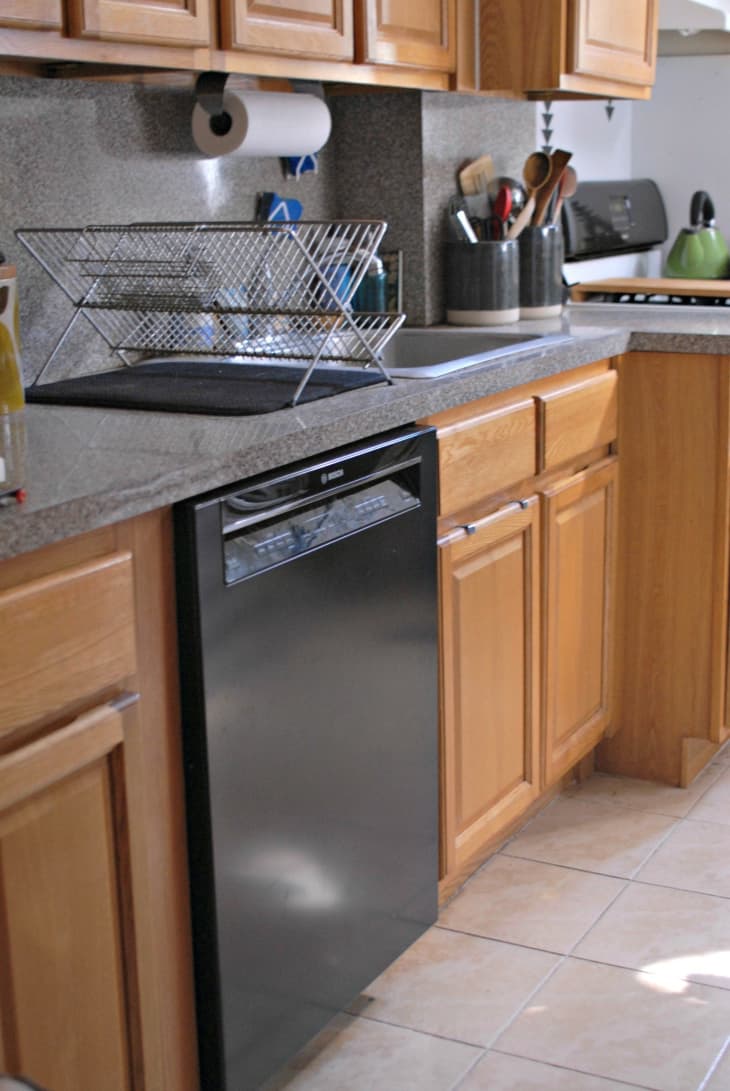What You Should Contemplate Professional Plumber Installation for Your Dishwasher
What You Should Contemplate Professional Plumber Installation for Your Dishwasher
Blog Article
Schedule Services
From carrying a dish washer right into your home to attaching the water links, setting up a dishwashing machine can take up to 5 hours. If you do not have the right devices, it could take also longer. To make your life less complicated as well as to stay clear of installing a dishwashing machine incorrectly, we recommend employing a specialist plumber. A plumber will have the right tools handy and also can mount your new dish washer in under two hrs. Keep reviewing to discover why you should work with a plumber if you're not quite convinced yet.
A Plumber Can Check the Supply Lines
A supply line, especially a dish washer port, connects the dish washer to a water resource. If you purchase a brand-new supply line, a plumber can make sure that the line works with both your dishwasher and also water source. If you make a decision to make use of an existing supply line, a professional plumber can evaluate it to guarantee that it's in good condition as well as does not have any type of leakages.
An Improper Installment Can Void the Dishwashing machine's Service warranty
Prior to mounting a dish washer on your very own, you should check out the service warranty thoroughly. Unless you are convenient and have experience installing dishwashing machines, you must work with a plumber so you do not risk your service warranty.
Mounting a Dishwasher Requires a Variety of Tools
If you do not have a variety of devices handy, you may require to make a journey to Lowe's or House Depot. To set up a dishwasher, you require the following devices: pliers, an adjustable wrench, a set of screwdrivers, a tube cutter, and also hole saws. You will also require cleansing supplies such as a superficial bucket and also sponge. The expense to acquire them can add up quickly if you do not have any of these items.
Not Installing Your Dish Washer Appropriately Can Result In a Hill of Troubles
Not only can setting up a dish washer appropriately nullify your warranty, but it can additionally create a mess. If you do not install the supply line appropriately, you can deal with leaks-- or also worse, a flood. You could also experience a "water hammer"-- when the water runs as well quickly via your pipes and also triggers loud shaking audios. If you improperly mount your dishwasher to the rubbish disposal, you may discover pungent smells or have residue on your dishes.
A Plumber Can End Up the Work Affordably as well as Rapidly
A plumber can install your dish washer in one to two hours. The typical plumber won't charge even more than a pair of hundred dollars to install your dish washer.
From transporting a dishwashing machine into your home to affixing the water connections, mounting a dishwasher can take up to 5 hrs. To make your life easier and also to avoid setting up a dish washer incorrectly, we recommend hiring an expert plumber. A plumber will certainly have the right devices on hand and also can install your new dishwashing machine in under two hrs. A supply line, particularly a dish washer adapter, connects the dishwasher to a water source. Unless you are handy and have experience installing dishwashers, you should hire a plumber so you don't risk your service warranty.
How To Install A Dishwasher
Installing A Dishwasher Yourself
Just like other home appliances, a dishwasher helps to make chores less time-consuming and free of hassle. Most modern kitchens have a dishwasher or a cabinet space for dishwasher installation built into them. An older kitchen with no dishwasher or cabinet space for one might require a little reconstruction to accommodate dishwasher installation.
Installing a dishwasher requires basic knowledge of plumbing and electrical wiring. This article contains the steps involved in dishwasher installation, dishwasher installation tips, things to consider when installing a dishwasher in a kitchen that previously had no dishwasher in it, and tips for maintaining a dishwasher.
Steps Involved In Dishwasher Installation
Step One: Gather the Necessary Supplies
Gather all the required items and keep them near the installation site for easy reach. The materials and tools you will require include the following:
A screwdriver • A hose clamp • Duct tape (optional) • A brass fitting • Teflon tape • A pair of pliers • An adjustable wrench • A drill • Braided steel water line • A pair of rubber hand gloves (optional) • Wire nuts Step Two: Take Safety Measures
First, turn off the power socket and unplug the power cord if it is a plug-in dishwasher. Then, proceed to turn off the circuit breaker. Next, turn off the hot water shut-off valve under the kitchen sink and run the tap to ensure the water supply is shut off. Protect your kitchen floor close to the installation area with an old rug or a piece of drop cloth.
Step Three: Remove the Old Dishwasher
This step only applies if your kitchen has an old dishwasher that you want to replace. Remove the cabinet door to gain complete access to the old dishwasher. Next, remove the cover of the access panel located at the bottom front side of the dishwasher. Locate the junction box inside the access panel.
Now, unscrew the terminal screws holding the wires in place at the junction box. Then, remove and tuck the wires out of the way with duct tape. Locate the dishwasher water inlet tube, undo the brass fitting and disconnect the water supply pipe from it. Put the disconnected end of the water supply line pipe into a bucket or bowl to collect any water remaining in it.
Reach down beneath the sink to undo the drain hose. Loosen, then clamp and disconnect the drain hose of the dishwasher from the tailpiece of the sink. Next, put the disconnected end of the drain hose into a bucket to collect the water and debris.
With all the connections out of place, remove the screws holding the dishwasher in place with a screwdriver, gently pull the dishwasher out from the cabinet and set it aside. You can use a piece of cloth or towel to clean up the mess made or any water spillage on the floor. Also, clean the cabinet where the old dishwasher was before installing a new one.
Skip this step if you are having a dishwasher installed for the first time in your kitchen.
Step Four: Install the New Dishwasher
Connect the Water Supply
Wrap Teflon tape on the tip of the water inlet pipe located at the bottom of the dishwasher. Screw on the 90 degrees brass fitting to the taped inlet pipe and tighten it with an adjustable wrench. Most dishwasher units do not include a brass fitting, but they are available at hardware stores.
Once you have the fitting, connect the new water supply line to the elbow of the brass fitting. Pass the other end of the waterline through one of the cabinet holes and place it on the floor beneath the kitchen sink.
Attach the Drain Line
Locate the dishwasher drain standout pipe, connect the drain line to the dishwasher, and secure the connection with a hose clamp. Pass the other end of the drain line through the cabinet hole and place it towards the sink drain tailpiece
Slide the Dishwasher into Place
Attach the adjustable legs to the front of the dishwasher. Carefully slide the dishwasher under the countertop into the cabinet. Stop halfway and ensure everything is in a good position before sliding it in completely. Finish hooking up the water line by connecting the other end to the dual shut-off valve located under the kitchen sink.
Proceed to connect the drain hose through an air gap to your garbage disposer, if you have any, or to the drain tailpiece of your sink. If you do not have an air gap, make a high loop with the drain hose before connecting it to the garbage disposal or the sink drain tailpiece.
https://www.movementplumbing.com/blog/how-to-install-a-dishwasher

View Website Report this page
